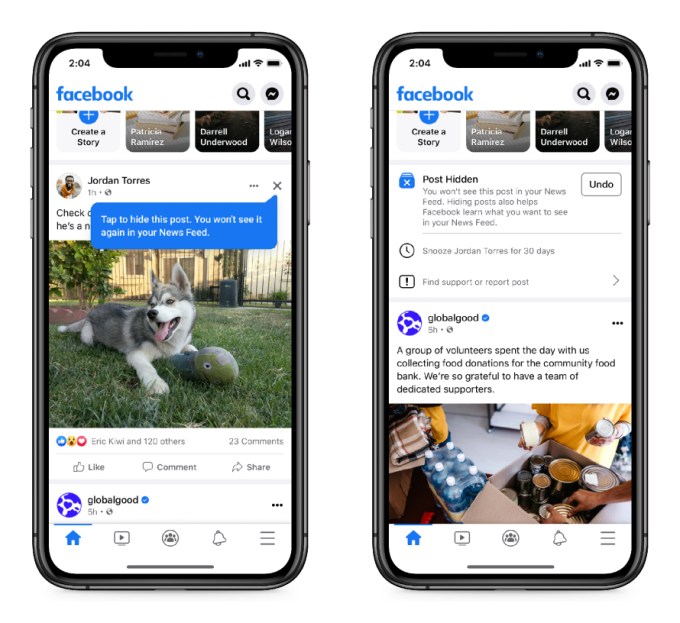Congruent Ventures, the early stage investment firm focused on technologies and services designed to avert the current climate emergency, has raised $175 million in financing for its latest fund.
The firm, which now has $300 million in assets under management, is focused on investing in pre-seed, seed and Series A rounds and was founded by Abe Yokell and Joshua Posamentier, two longtime investors in the climate space with over twenty years of experience investing in the sector.
“With the dawn of a new administration dedicated to infrastructure [and] climate and a long-overdue influx of capital towards pressing global issues surrounding climate change, we cover the gamut with a portfolio of over three dozen companies working in transportation, energy transition, food and agriculture to sustainable production and consumption,” Yokell wrote in an email.
Companies in the portfolio include the mycelium meat producer Meati; Milk Run, a farm to table food marketplace; PicoMES, which develops software for efficient manufacturing; Parallel Systems, a developer of electrified, autonomous rail cars; Alloy Enterprises, which is an additive manufacturer for aluminum; Hippo Harvest, which provides autonomous greenhouse growing systems; and Amp Robotics, a provider of recycling robots to improve efficiencies among hard-pressed waste recycling organizations.
The firm counts some high profile limited partners like Microsoft’s Climate Innovation Fund, affiliates of Prelude Ventures; the Jeremy and Hannelore Grantham Environmental Turst and Surdna Foundation, along with UC Investments.
“Until very recently, there was a total dearth of early-stage capital focused on climate and sustainability,” said Joshua Posamentier, managing partner and co-founder, Congruent Ventures. “We invest at the earliest stages where we can help entrepreneurs avoid a myriad of pitfalls, help them build strong companies, raise additional capital, and as a result, tackle the world’s most pressing environmental problems in some of the world’s largest sectors.”
One third of Congruent’s companies are working directly with energy or civil infrastructure and could stand to gain tremendously from any infrastructure spending bill that could come from Washington. Beyond that, the firm’s limited partners include infrastructure investors with over $700 billion of assets under management that are all potential customers for the technologies developed by the firm’s portfolio companies, the firm said in a statement.







 software, which was originally designed for ADAS applications, will help holoride advance its real time, in-vehicle XR entertainment. Terranet’s CEO Par-olof Johannesson, describes VoxelFlow
software, which was originally designed for ADAS applications, will help holoride advance its real time, in-vehicle XR entertainment. Terranet’s CEO Par-olof Johannesson, describes VoxelFlow